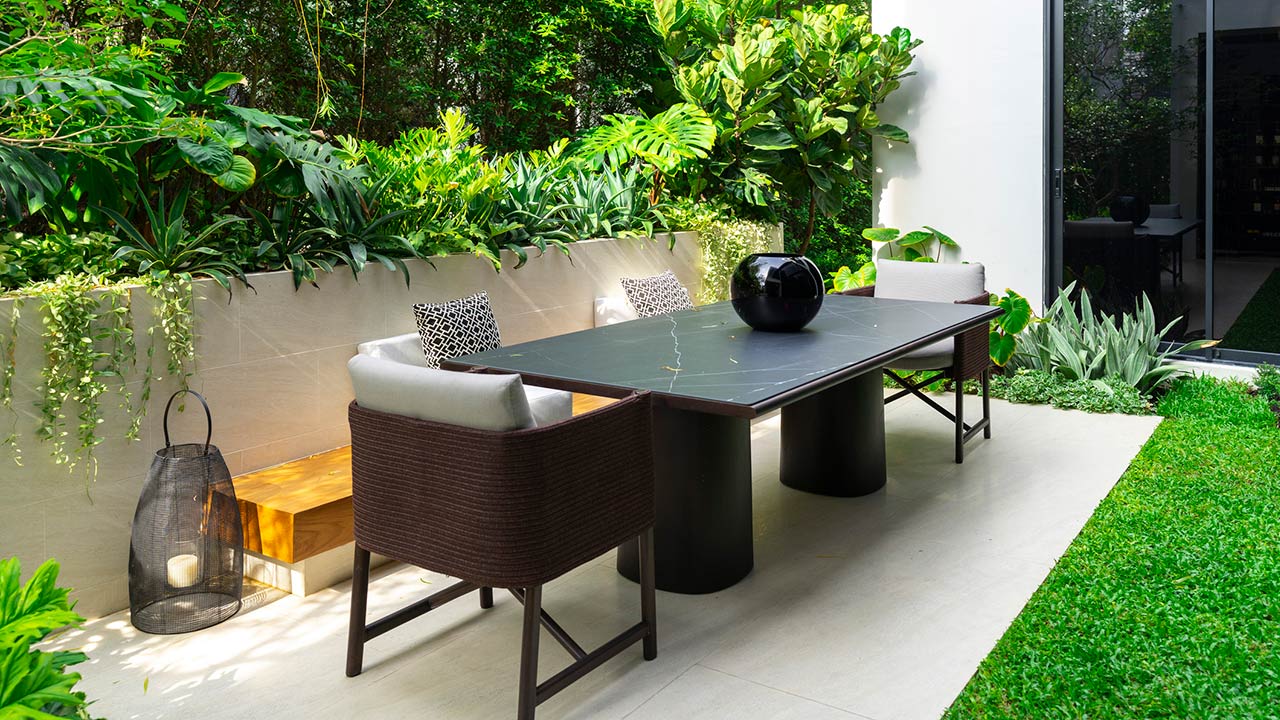The Perfect Mortgage to Finance a Fixer-Upper
One of the best ways to develop equity and wealth through real estate is to fix up a property that’s in serious need of some TLC. If you’ve got the foresight to see the potential in a fixer-upper, and are willing to put in the elbow grease to bring it up to par, there’s some serious money to be made if you decide to flip the property at some point in the future.
If you’ve got your sights set on a fixer-upper but don’t think you can afford the cost of renovations on top of the mortgage, think again.
Finance Your Fixer-Upper With an FHA 203(k) Loan Program
A Federal Housing Administration (FHA) 203(k) rehabilitation loan is a great option for those looking to finance a fixer-upper home purchase.
Once the mortgage loan closes, part of it pays for the property while the other portion is put into an escrow account. As the repairs are done, the lender will send an inspector to oversee the work completed. It the work complies with the local and state codes, and is in line with the intended final product, money is released to pay for the work done.
Basically, an FHA 203k loan lets you combine the costs for renovations with your mortgage so you’re left with one loan and one closing. The amount of money you borrow is essentially the combination of the selling price of the property and the cost of repairs.
Qualifying for an FHA 203(k) Loan
A minimum down payment of 3.5 percent of the entire loan amount is required in order to qualify for an FHA loan. Monthly mortgage payments will be higher because the cost of repairs and renovations is included in the same loan. Your lender will determine your eligibility for approval for an FHA loan; namely, you’ll need a credit score of at least 640, and a maximum debt-to-income ratio of 43 percent.
In addition to the typical documentation you’ll have to provide when applying for any other type of mortgage, you’ll also need to submit a detailed proposal for the property, including a cost estimate and scope of work you intend to do. Your lender will arrange for an appraiser to visit the property and estimate its current value, as well as its future value based on the cost of renovations.
Every area in the country will have a maximum loan amount. In many real estate markets, this number is $417,500. Your real estate agent will be able to help you find out exactly what this amount is.
In general, the loan amount will depend on the appraised value of the property, and your renovation plans. The scope of the work will need to comply with what the neighborhood commands, and the value of comparable homes in the area will dictate the home’s post-renovation value. Putting the value of the home way over the value of comparable homes simply makes no sense.
Streamlined Variation of the FHA 203(k)
A streamlined version of the FHA 203(k) loan program exists, which is designed for properties that don’t require major structural repairs, and come with a $35,000 cap for repairs. Unlike a traditional FHA program which requires a minimum of $5,000 for repairs, the streamlined version does not have any minimum requirement. Both types of loans require repairs and renovations to begin no later than 30 days from the closing of the loan, and the work must be done within a six month period.
If you’re planning to invest in a fixer-upper using an FHA 203(k), you’ll need to partner up with an experienced mortgage specialist who fully understands this type of loan product. The process can be a complicated one, but as long as you work with a professional mortgage and real estate agent, you’ll be able to afford both the home as well as the work needed to bring it up to snuff.











